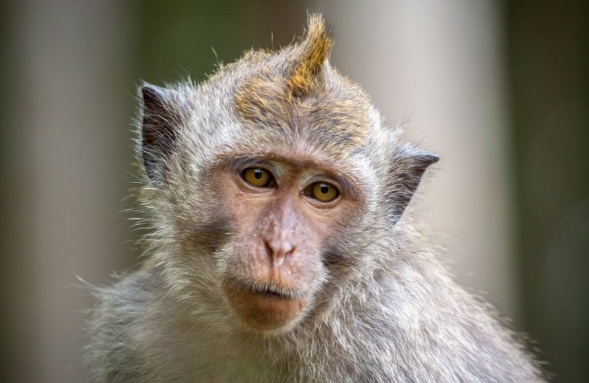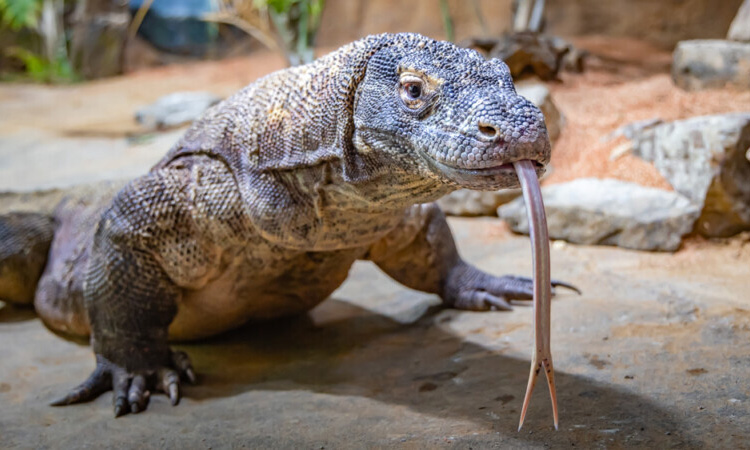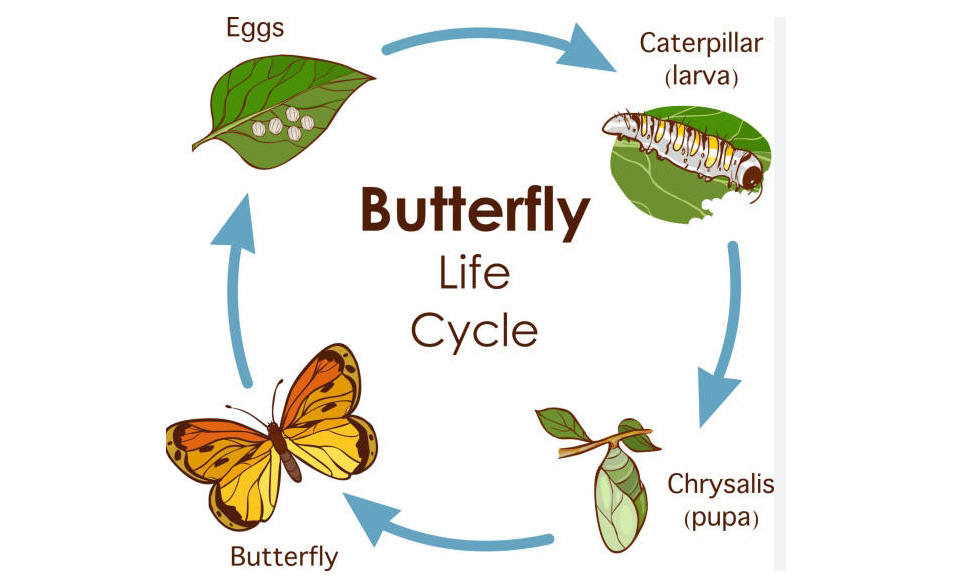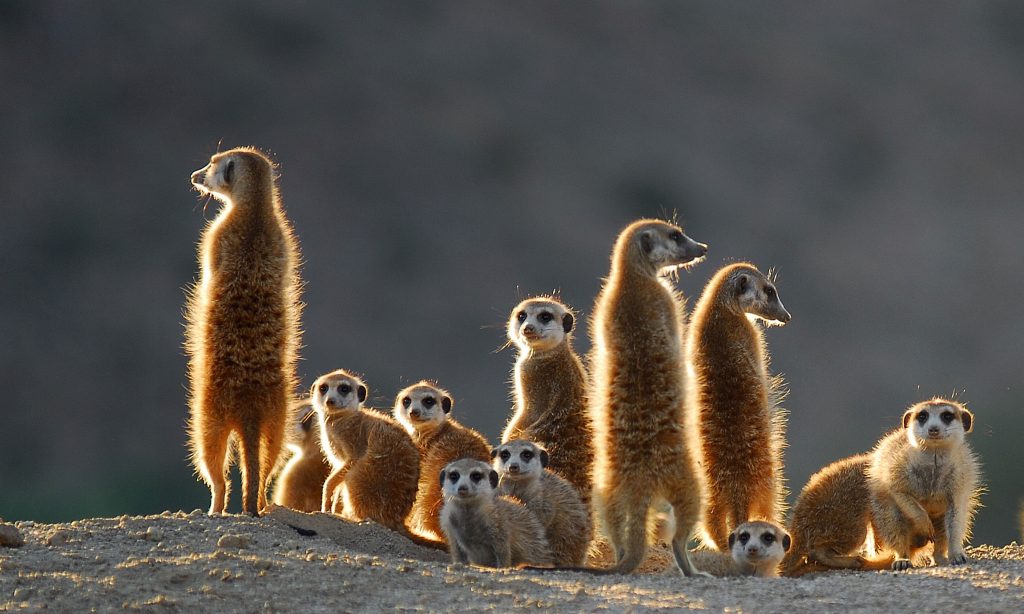The Cyno Macaque, also known as the long-tailed macaque, is a mischievous and playful monkey commonly found in Asia. They are known for their intelligent behavior and social nature, making them a fascinating species to observe in the wild.
Highly Social Creatures
Cyno Macaques are highly social animals, often seen in large groups known as troops. These troops can consist of up to 100 individuals, with a strict hierarchy maintained through various social interactions such as grooming and displays of dominance.
Mischievous Behavior
These monkeys are known for their mischievous behavior, often getting into trouble by stealing food or playing pranks on each other. They have been observed using tools, such as rocks, to crack open nuts and shells, showcasing their problem-solving skills.
Playful Nature
Cyno Macaques are known for their playful nature, engaging in various forms of play such as chasing each other, wrestling, and swinging from tree branches. This playful behavior serves as a way for them to develop important social and physical skills.
Adaptable Diet
These monkeys have an adaptable diet, consuming a variety of fruits, seeds, leaves, and insects. They are also known to forage in human habitats, scavenging for food in urban areas which can sometimes lead to conflicts with humans.
Threats to Survival
Despite their adaptability, Cyno Macaques face several threats to their survival, including habitat loss due to deforestation and urbanization. They are also targeted by poachers for their meat and fur, leading to a decline in their populations in some areas.
Conservation Efforts
Conservation efforts are being made to protect Cyno Macaques and their habitats, including the establishment of wildlife reserves and sanctuaries. Education and awareness programs are also being implemented to reduce conflicts between humans and monkeys.
In conclusion, the Cyno Macaque is a fascinating and playful monkey species that plays an important role in the ecosystems of Asia. By understanding and appreciating these mischievous creatures, we can work towards ensuring their protection and conservation for future generations to enjoy.




